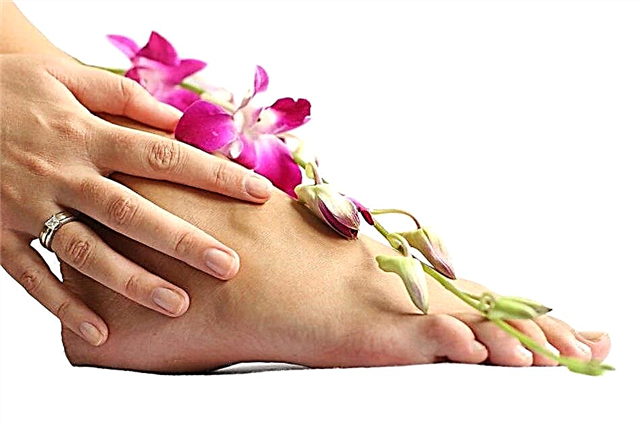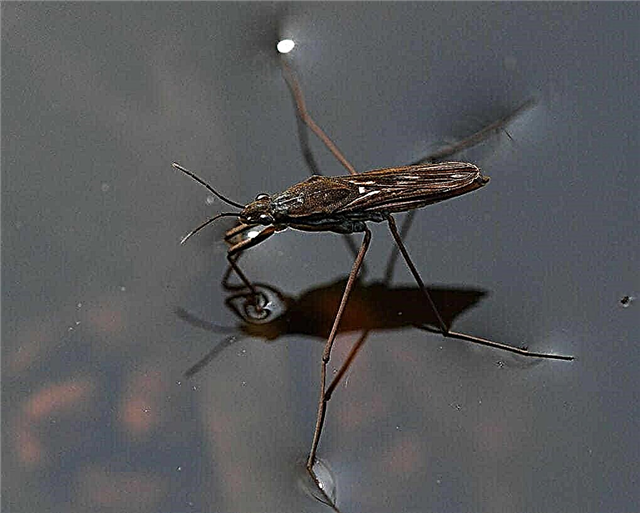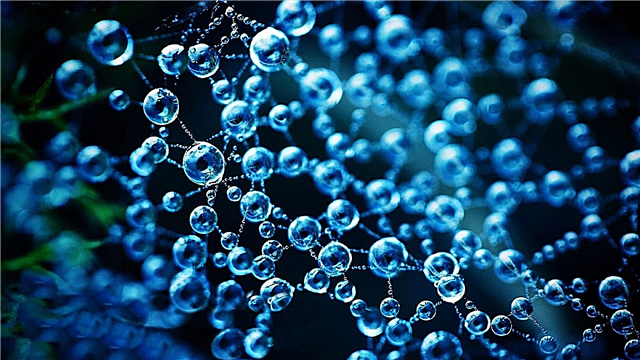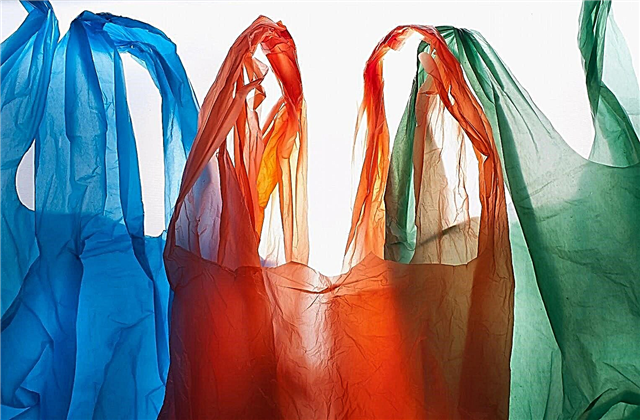
The energy value of dried fruits is higher than that of fresh fruits. However, in addition to calorie content, manufacturing technology, the presence of vitamins in dried fruits and berries must be taken into account.
Home drying
The traditional process of obtaining dried fruits is the gradual evaporation of moisture from their structure under the influence of the sun. Depending on the conditions, this may take 4 to 10 days. Simultaneously with the removal of water, natural caramelization of sugar occurs, which increases the shelf life.
Subject to technology, the initial volume of fresh fruits is reduced by 3-4 times, but the caloric value remains the same. Most healthy vitamins are retained. However, in some cases, a thin crust may form on the surface, which will prevent the removal of moisture.
Features of dried fruits made at home
- The amount of Kcal per 100 g is less than that of industrial products. The reason is uneven drying, there is residual moisture;
- Fruits and berries are cut into small slices;
- There are minor defects - partial hardening of the surface, the original shape is often not preserved.
The main advantage is that sugar is not added during manufacture. Fructose glucose, which is a natural carbohydrate, will come in sweetness. This is one of the reasons why there is less kcal in home drying than in industrial drying.
The maximum shelf life depends on the type of fruit (berries) and conditions.At room temperature, apples (pears) do not lose their properties for 6 months. If they are placed in a dark place with temperatures up to + 10 ° C, the storage duration is increased to 18 months.
Industrial manufacture of dried fruits
The main tasks of the industrial production of dried fruits are to preserve the appearance of the product, increasing its shelf life. Therefore, for processing using technology exposure to high temperatures. This method is called the "fluidized bed" when washing with a stream of hot air heated to a temperature of + 104 ° C occurs. The original form will remain, moisture is removed evenly.
With this technology, the difference between the calorie content of dried fruits and fresh fruits is maximum. However, vitamin C is destroyed. This occurs at temperatures above + 88 ° C. The other “side” of high-temperature processing is the destruction of toxic substances, harmful microbes.
Why is the calorie content of industrial dried fruits higher?
- Maximum evaporation of water, up to 90%.
- Preservation of the original form.
- Almost complete absence of defects - hardening, mold.
- Sealed packaging, which does not prevent exposure to moisture during storage, transportation.
- Sometimes the producer places the fruit in syrup. This increases the amount of Kcal per 100 g of product, helps to maintain its original shape.
Calorie content of dried fruits and fresh fruits

The difference in kcal depends on the initial moisture content in fresh fruits. The more it evaporates during the drying process, the higher the calorie content in dried fruits per 100g. product.
Interesting fact: To increase shelf life, fruits are processed with preservatives during drying. Phenol is used to maintain the original color.
In the pursuit of calorie content, one should not forget about the beneficial properties of dried fruits. They must maintain a maximum concentration of vitamins. Appearance and color are secondary indicators. Therefore, it is recommended to give preference to homemade blanks or products of their own manufacture.
Factory-made dried fruits on the packaging must bear the Eco mark. This means that they were grown with minimal use of “chemistry”, no sugar syrup was added during drying, there was no exposure to high temperatures.












